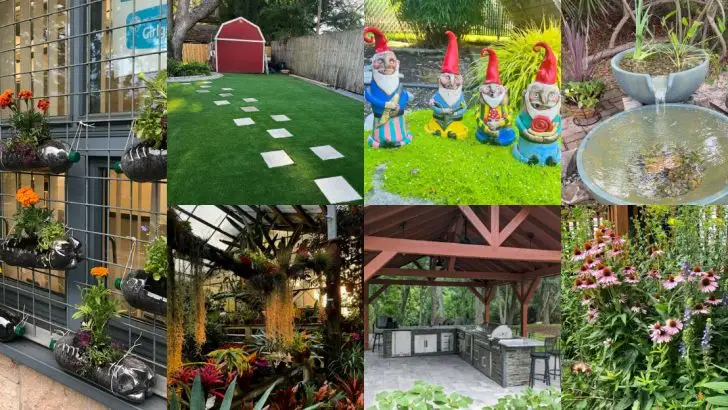Some garden trends are all flash and no flourish. Big promises, tiny payoffs. You’ve seen them—those social media darlings that look good for five minutes and collapse by summer. Shiny planters that crack. “Low-maintenance” styles that suck up your weekends. Color schemes that belong in a circus, not your backyard. But not everything trendy is trash. And not everything classic is boring. Some of the best ideas are buried under the noise—quiet, clever moves that turn heads without trying too hard. This is your guide to cutting through the hype. We’re naming names, pulling weeds, and celebrating the underrated tricks that never fail to impress. Because your garden deserves better than disappointment wrapped in pretty packaging.
Vertical Gardens

In urban settings, vertical gardens promised to bring lush greenery to limited spaces. However, they often demand more maintenance than expected. The struggle to keep the plant roots sufficiently moist without over-saturation can deter even the most dedicated gardeners. Frequently, plants suitable for vertical arrangements fail to thrive due to lack of proper soil depth.
While visually striking, vertical gardens can become a burden if not carefully planned. The novelty can wear off quickly, leaving behind a wall of wilting plants. Investing in quality irrigation and plant selection is crucial to success.
Artificial Turf Lawns

Artificial turf lawns promise a low-maintenance, always-green yard. Yet, they can heat up significantly, making the area unpleasant in warm climates. Additionally, the synthetic look may not blend well with natural landscapes.
While they eliminate mowing, they don’t provide the environmental benefits of real grass. There’s also the issue of replacement as wear and tear sets in. On the surface, they seem practical, but underneath, they lack the life and vibrancy of real grass, leaving many yearning for nature’s soft touch.
Garden Gnomes

Garden gnomes, with their whimsical appearance, have sprinkled charm across lawns for decades. However, their kitschy nature can sometimes clash with contemporary garden aesthetics. Over time, these once-beloved figures have become more of a novelty than a garden staple.
While they can bring a smile, they contribute little to the garden’s overall design and may even distract from the natural beauty. Their presence often feels outdated, and modern gardeners seek more elegant decor options that complement rather than dominate.
Water Features
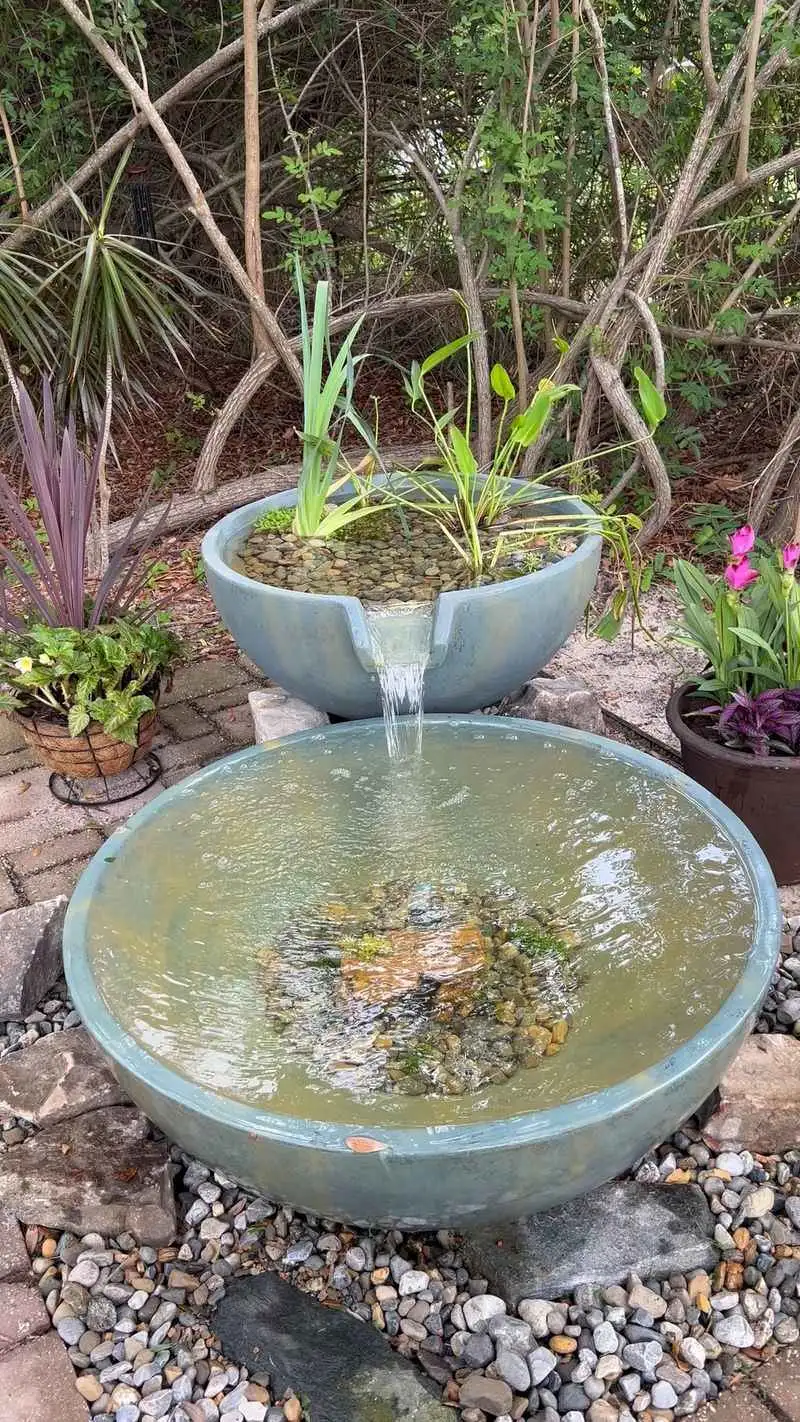
Water features, from fountains to ponds, offer the soothing sound of trickling water. However, they often require significant upkeep. Algae buildup, pump maintenance, and the attraction of insects can outweigh their tranquil benefits.
Though enchanting, these features demand regular cleaning and care, which can become cumbersome. Without diligent attention, the charm of a water feature can quickly diminish, transforming a serene spot into a source of frustration and expense.
Exotic Plant Collections
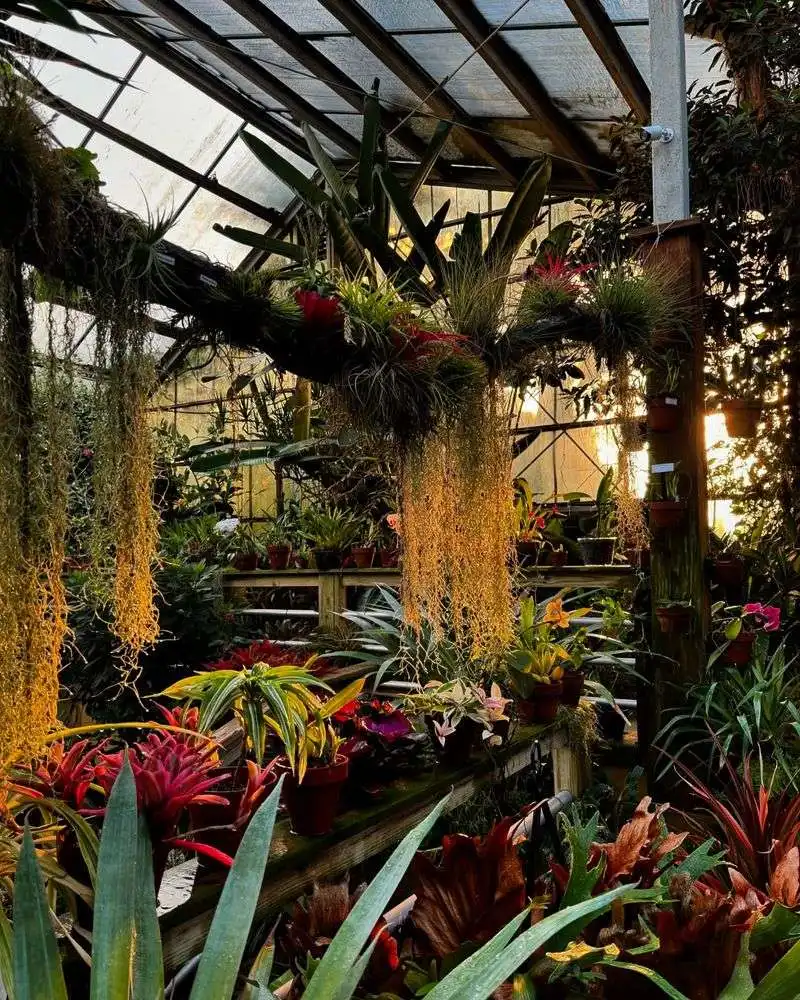
Exotic plant collections captivate with their unique beauty and allure. Nonetheless, they often pose challenges due to specific care needs and climate requirements. Many gardeners find themselves struggling to replicate native conditions, resulting in wilting or diseased plants.
These collections can be high-maintenance and costly, requiring special attention and resources. While they may wow onlookers with their rarity and visual appeal, the effort to maintain them can overshadow the initial excitement. A garden should be a place of relaxation, not stress.
Outdoor Kitchens
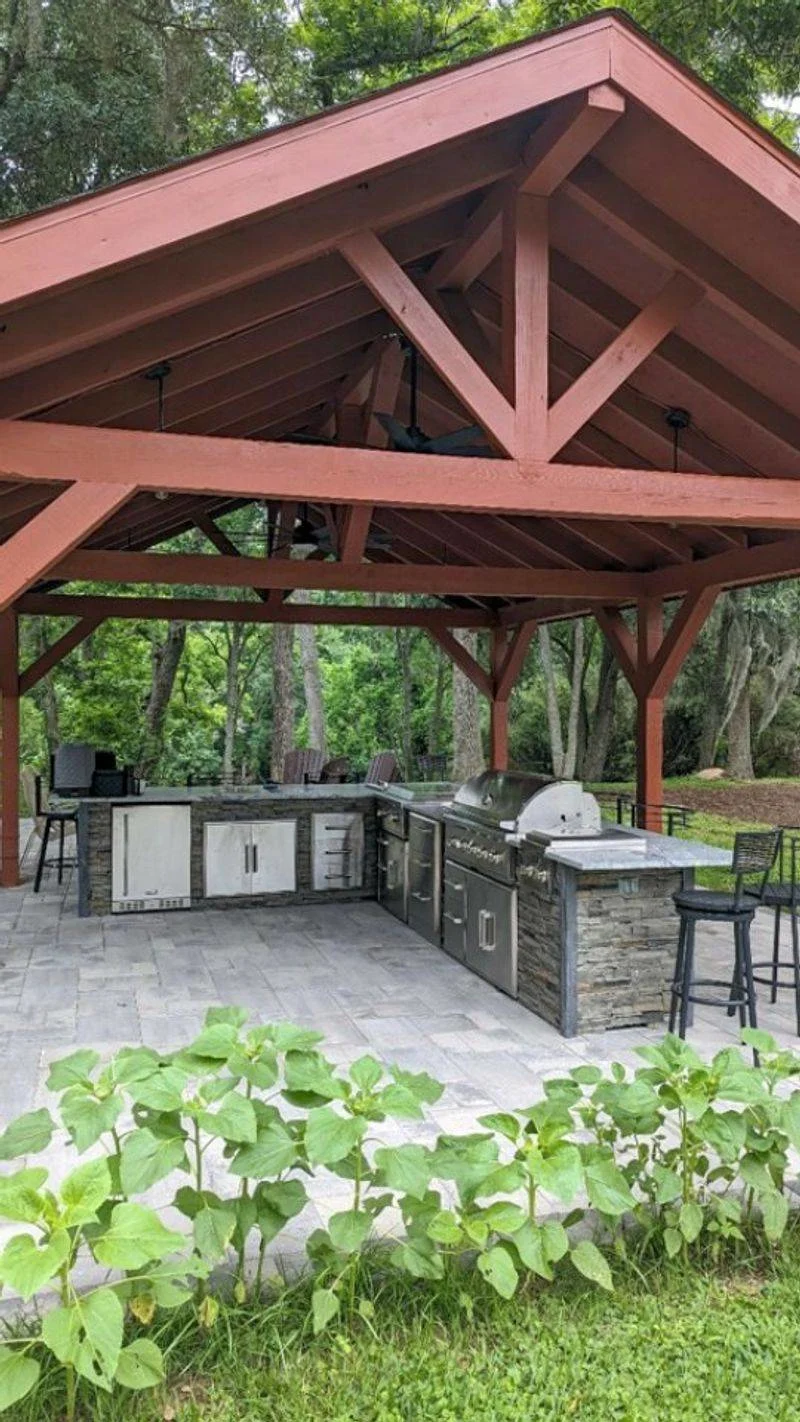
Outdoor kitchens offer an extension of living spaces, ideal for entertaining. Yet, they can be expensive to install and maintain. Weather elements can damage appliances, and without proper covering, they might become underused.
While the idea of cooking and dining al fresco is appealing, the reality involves significant upkeep. For many, the novelty wears off, leading to an expensive feature that gathers dust. Investing in quality materials and design is essential to truly enjoy this trend.
Native Plant Gardens
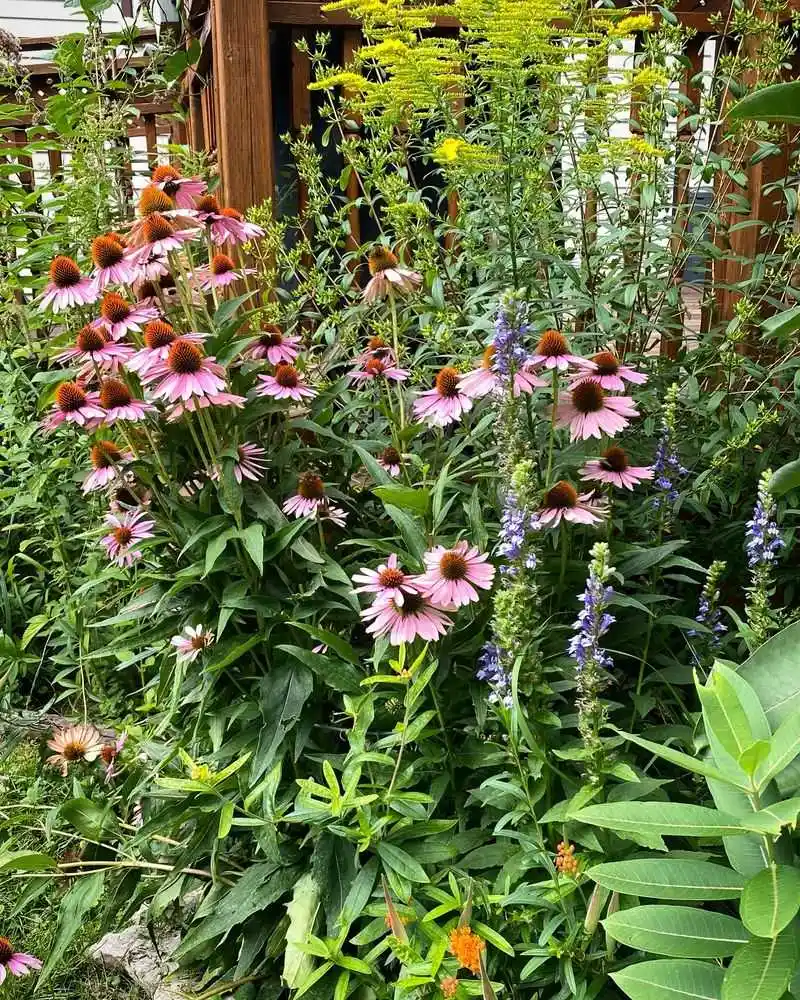
Embracing native plant gardens can transform any space into a vibrant ecosystem. These plants, familiar with local conditions, thrive with minimal care, often requiring less water and fertilizer than their exotic counterparts.
Native gardens attract beneficial insects and promote biodiversity, supporting local wildlife. The result is a harmonious garden that feels alive and dynamic. These plants not only beautify but also contribute to the health of the environment, making them a rewarding choice for conscious gardeners.
Composting Systems

Composting systems are unsung heroes of the gardening world. Turning kitchen scraps into nutrient-rich soil, they reduce waste while enriching the garden. The process requires minimal effort, with the benefits far outweighing the input.
By returning organic matter to the earth, composting supports a sustainable lifestyle and enhances soil health. Gardeners find satisfaction in transforming waste into valuable resources. It’s a simple yet powerful way to close the loop of consumption and production, benefiting both the garden and the planet.
Perennial Plantings

Perennials are the unsung heroes of the garden, returning year after year with vibrant blooms and foliage. They provide consistent beauty, often requiring less maintenance than annuals. Once established, they thrive with minimal care.
These plants offer a reliable backbone to garden design, filling spaces with color and life across seasons. They adapt to local climates and conditions, making them a cost-effective and low-effort choice for gardeners seeking lasting impact. Perennials prove that steadiness often outshines fleeting trends.
Permaculture Design
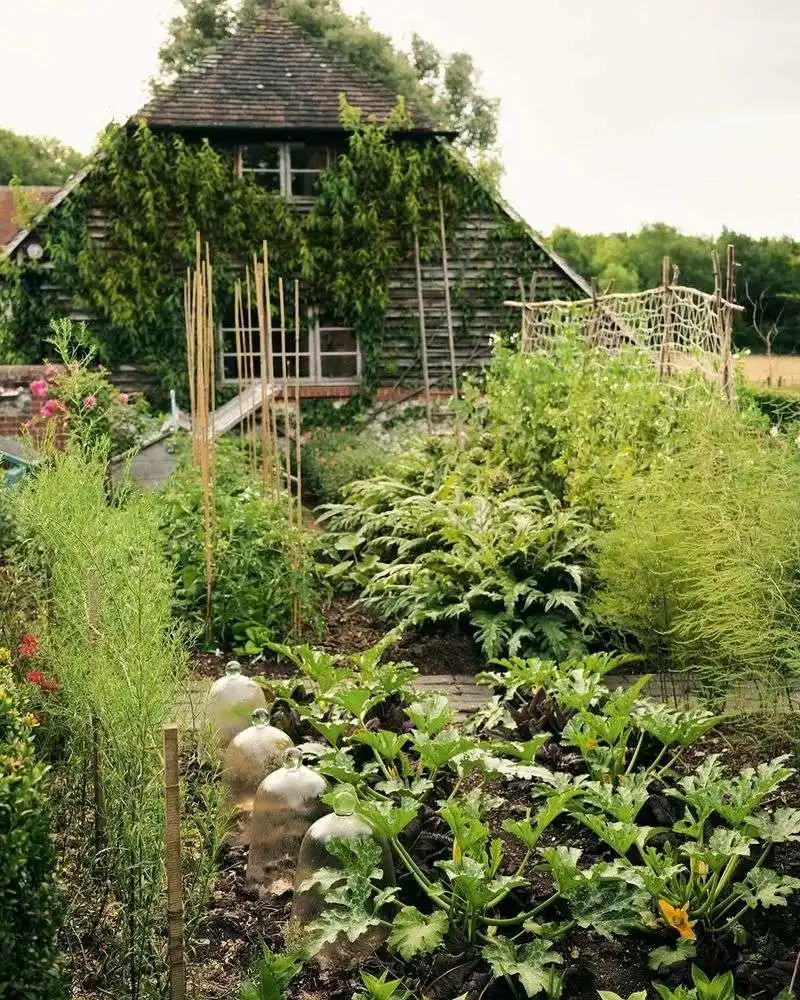
Permaculture design is a holistic approach to gardening, emphasizing self-sustaining ecosystems. By mimicking natural processes, these gardens require less input over time, fostering resilience and productivity.
Implementing permaculture principles can transform a garden into a thriving habitat, teeming with diversity and harmony. The focus on sustainability and resource efficiency aligns with eco-conscious lifestyles. This approach offers a meaningful way to garden, balancing human needs with nature’s rhythms.
Edible Landscaping
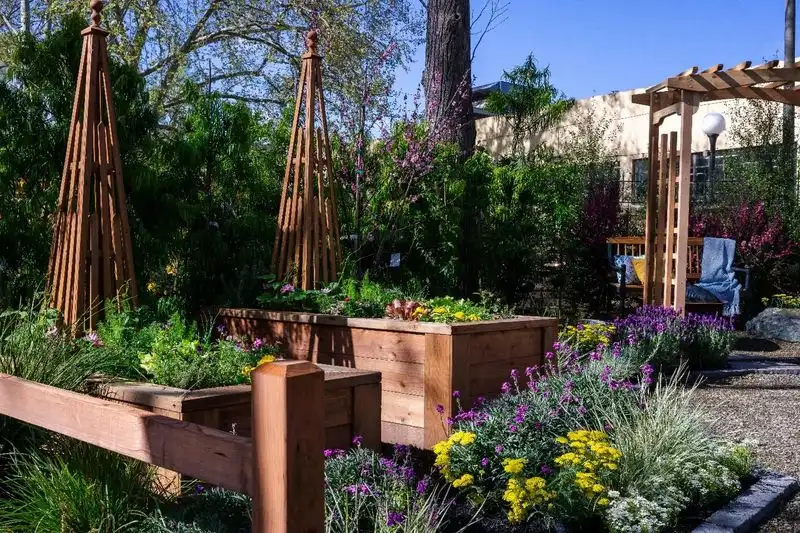
Edible landscaping combines beauty with practicality, allowing gardeners to harvest fresh produce straight from their yards. This approach integrates fruit and vegetable plants with ornamental shrubs and flowers, creating a visually appealing yet functional space.
The joy of picking fresh ingredients for meals adds a personal touch to gardening. Edible landscapes promote a sustainable lifestyle, reducing food miles and offering a rewarding experience. They prove that gardens can be both beautiful and bountiful, melding aesthetics with nourishment.
Pollinator Gardens

Pollinator gardens are buzzing with life, attracting bees, butterflies, and hummingbirds. These gardens play a crucial role in supporting local ecosystems by providing food and habitat for pollinators.
Planting a variety of nectar and pollen-rich flowers ensures year-round activity and beauty. Gardeners enjoy watching these essential creatures thrive while contributing to biodiversity. Pollinator gardens offer an engaging way to connect with nature and foster environmental stewardship, making them a delightful addition to any space.
Rain Gardens
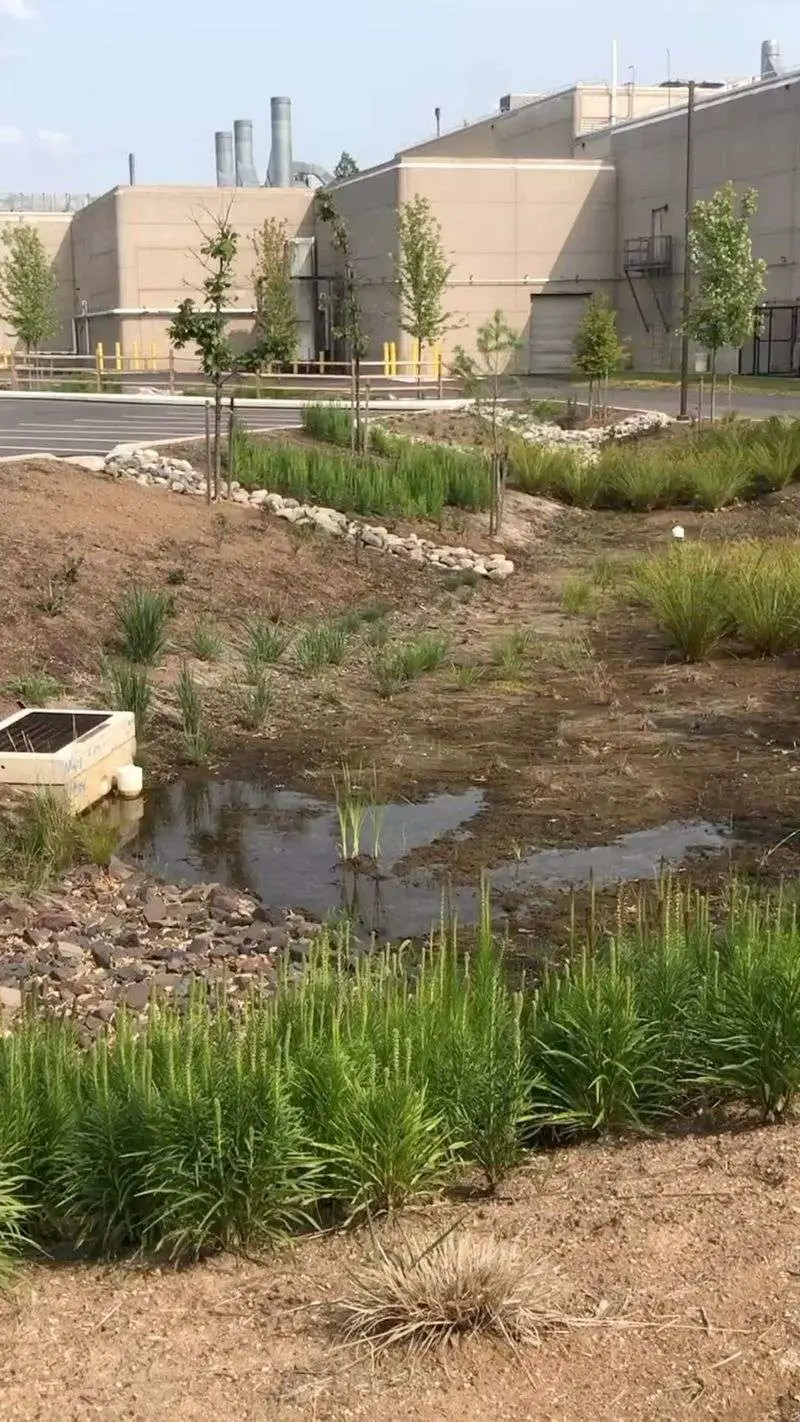
Rain gardens are environmental champions, designed to capture and treat stormwater runoff. By planting water-tolerant species, these gardens reduce erosion and improve water quality, all while adding aesthetic appeal.
They provide habitat for wildlife and require minimal maintenance once established. As rain gardens mitigate flooding and pollution, they embody the perfect blend of form and function. These innovative spaces not only beautify gardens but also contribute to sustainable water management, proving their worth beyond traditional landscaping.
Mulching Techniques

Mulching is a garden secret weapon, offering numerous benefits to plant health. By covering soil with organic or inorganic material, mulching retains moisture, suppresses weeds, and enriches the soil as it breaks down.
Different mulch types cater to various garden needs, from aesthetic appeal to nutrient provision. Mulching reduces gardening chores and enhances plant vitality, making it a valuable ally in garden care. It exemplifies how simple techniques can yield substantial results, leading to more resilient and attractive garden spaces.
Wildlife Habitats
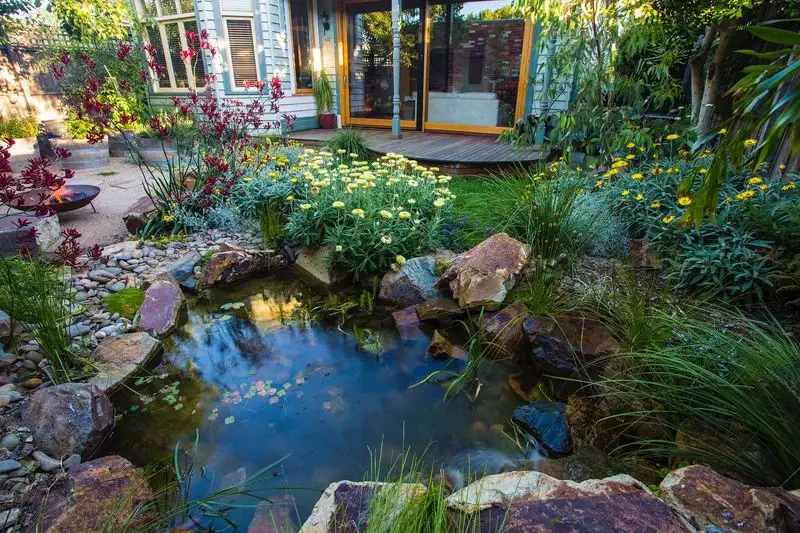
Creating wildlife habitats within gardens promotes biodiversity and enriches the ecosystem. Birdhouses, feeders, and native plantings invite various creatures, fostering a lively, interactive environment.
These spaces offer refuge for animals, enhancing the garden’s vibrancy and ecological balance. Wildlife habitats encourage engagement with nature, transforming gardens into sanctuaries of life. They highlight the beauty and interconnection of the natural world, offering gardeners a fulfilling way to contribute to conservation efforts.
Raised Bed Gardening

Raised bed gardening simplifies plant care, offering excellent drainage and soil control. These beds can be tailored to gardener’s needs, making them accessible and productive.
Raised beds often warm up faster in spring, extending the growing season. They reduce strain on the back and knees, providing an ergonomic advantage. For those with limited space, raised beds make gardening feasible and fruitful. They embody practicality and efficiency, offering a bountiful harvest with less effort and more comfort.

